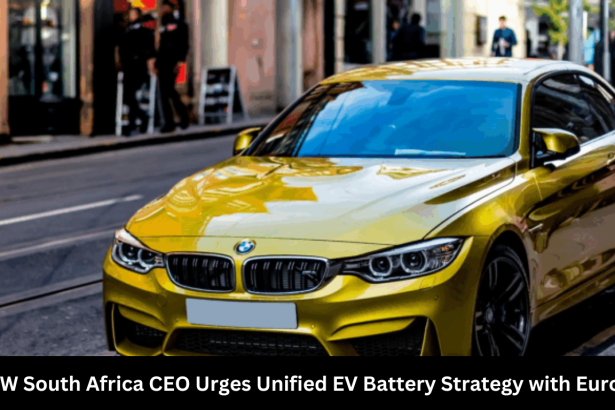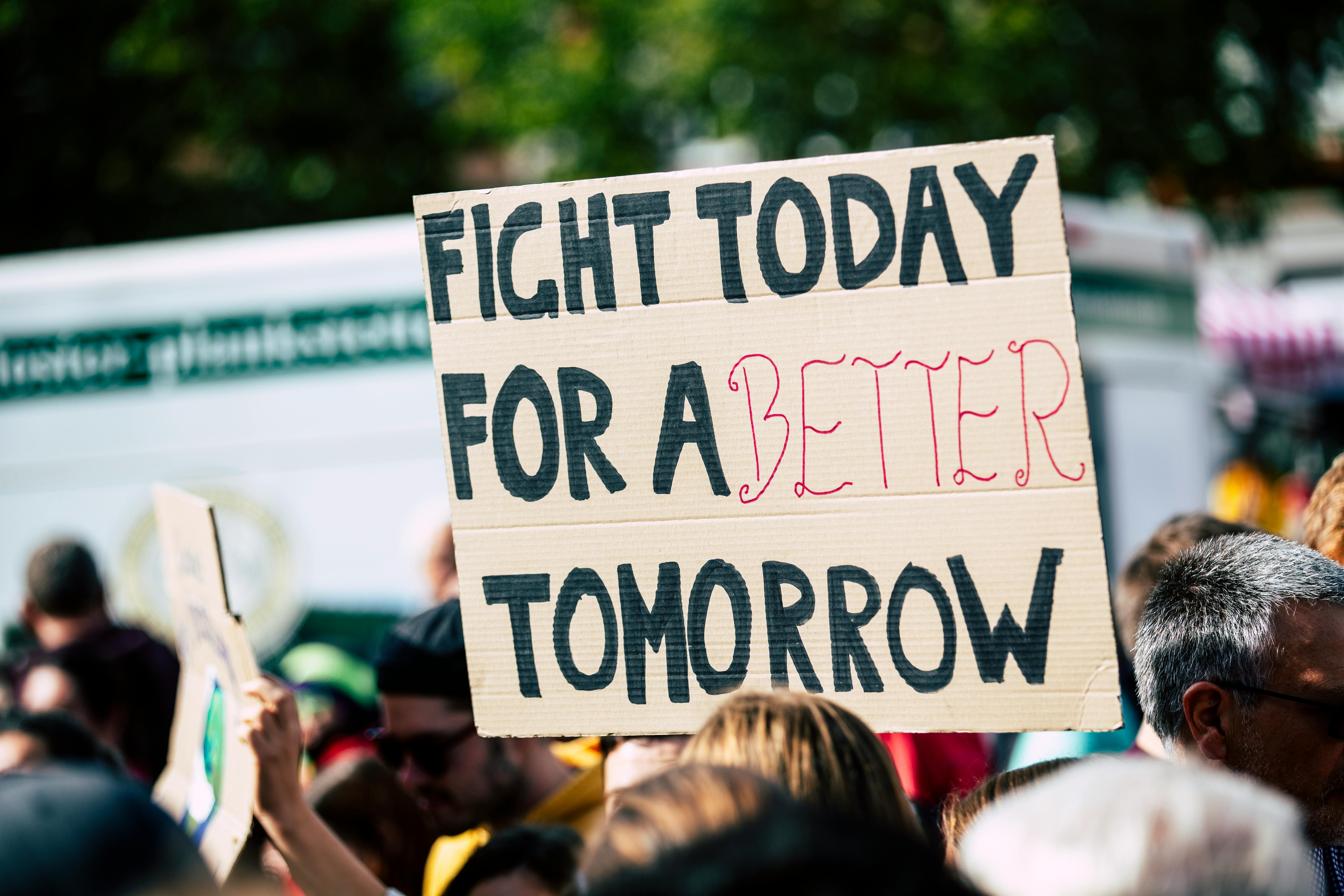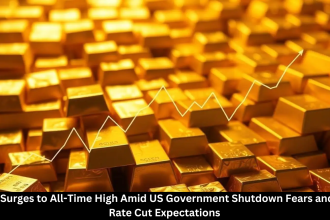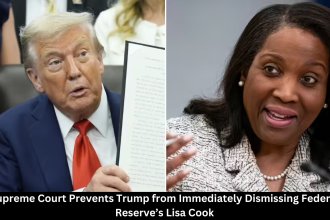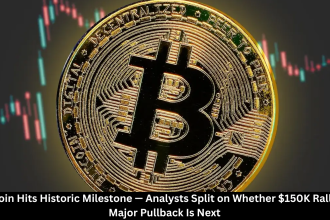FAQs
What was the main goal of the Paris Climate Summit?
To accelerate global action on climate change by setting new emission targets, increasing climate finance, and advancing clean technology adoption.
- Key Debates: Emission Targets and Climate Justice
- Fossil Fuels: The Central Flashpoint
- The Role of Technology in Climate Action
- Celebrity Influence and Public EngagementCultural Figures Amplify Climate Messaging
- Voices from the Streets: Protests and Public Pressure
- Notable Achievements Amid Tensions
- Lingering Skepticism and Global Distractions
- A Call to Action
- FAQs
- Conclusion
Why were political divisions so strong?
Disagreements arose between industrialized nations and developing countries over who should bear the greatest responsibility for reducing emissions and financing solutions.
Which countries resisted phasing out fossil fuels?
Oil-producing states like Saudi Arabia and Russia opposed setting strict timelines, arguing that fossil fuels are vital to economic security.
What role did technology play at the summit?
AI and carbon capture were highlighted as tools for combating climate change, but they also sparked debates over cost, equity, and effectiveness.
Were there any concrete outcomes?
Yes—nations pledged to triple renewable energy investments by 2035, while tech companies committed to carbon neutrality by 2030.
How did celebrities influence the summit?
Figures like Leonardo DiCaprio and Billie Eilish amplified calls for urgent action, bringing public and media attention to youth and activist voices.
What about climate justice?
Developing nations argued for equitable treatment, emphasizing that wealthier countries should shoulder greater responsibility due to their historic emissions.
Were protests significant?
Yes, protests outside the venue drew global attention, pressuring leaders and highlighting frustration with slow progress.
How does global conflict affect climate talks?
Ongoing wars and geopolitical tensions divert resources and reduce trust, making international cooperation more difficult.
What’s next after the summit?
Nations must translate pledges into national policies, with progress set to be reviewed at the next global climate conference.
Conclusion
The Paris Climate Summit of 2025 showcased both the promise and the peril of global climate action. On one hand, bold commitments on renewable energy, finance for developing nations, and corporate sustainability reflected genuine progress.
Celebrities, activists, and young people helped keep pressure on leaders, proving that climate change is not just a scientific issue but a cultural and political one. Ultimately, the summit highlighted a world at a crossroads: the technology and resources to combat climate change exist, but the unity and political will remain elusive.


